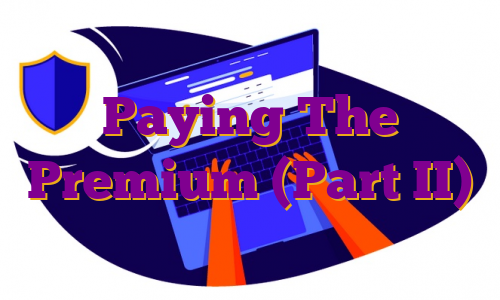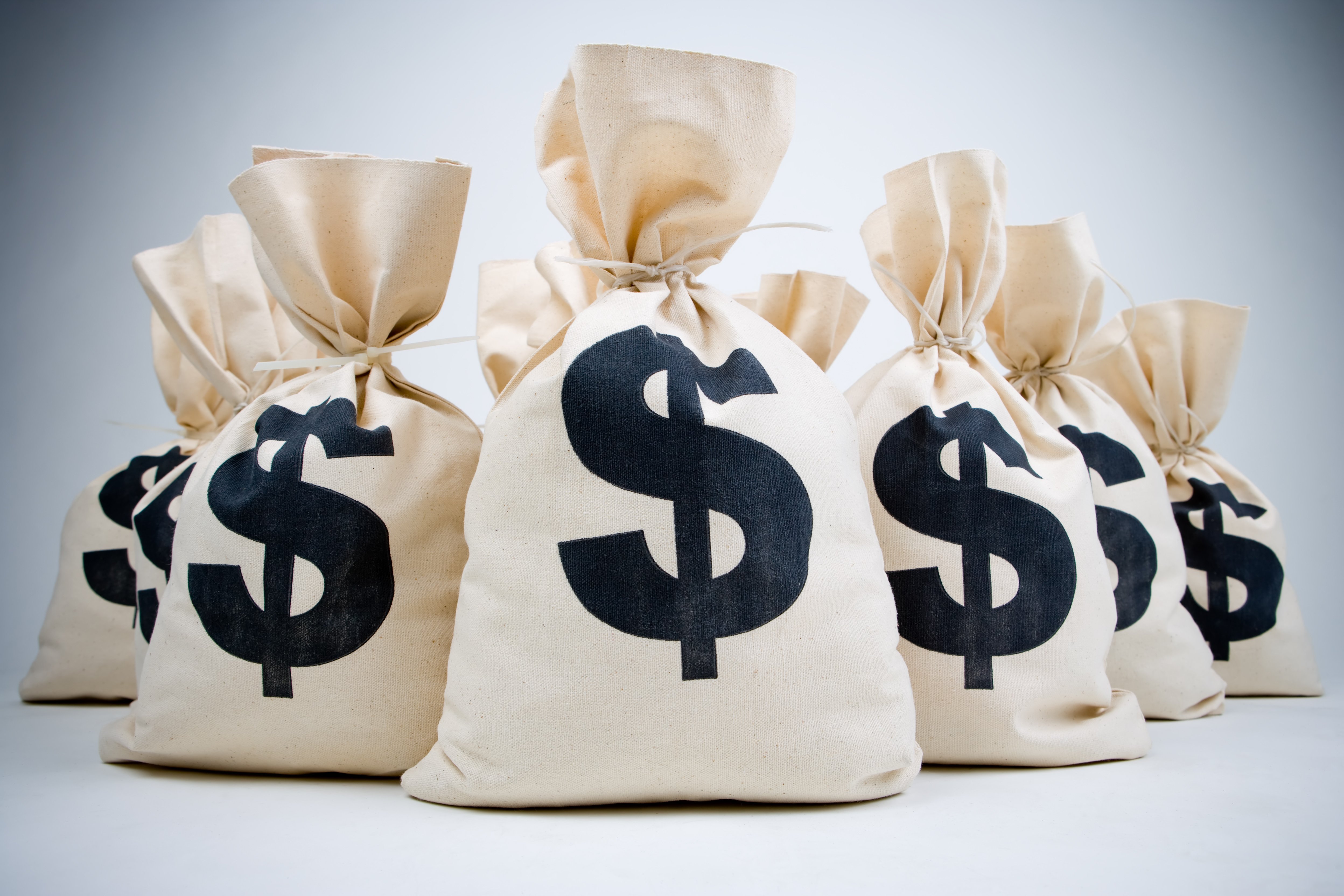 Last week, I wrote about the federal circuit’s setting aside of a huge patent judgment against Cisco, based on the appellate panel’s conclusion that the trial judge should have recused himself. Why? Because of his wife’s ownership of a small amount of Cisco’s stock. At the conclusion of that column, I teased my desire to explore how the fact “that mega-verdicts in patent cases face significant appellate risks” reverberates for those with financial interests in big-ticket patent litigation, namely, “patent owners, funders, and everyone’s new best friends in the patent monetization game, insurers.” I will address each in turn, but first, I think it’s appropriate to share a little more detail about the plaintiff in the case, Centripetal Networks, if only because there is still a bias against patent assertion by nonpracticing entities (NPEs) — and part of that bias is that those chasing mega-verdicts (like that earned against Cisco) are well-funded NPEs, rather than operating companies.
Last week, I wrote about the federal circuit’s setting aside of a huge patent judgment against Cisco, based on the appellate panel’s conclusion that the trial judge should have recused himself. Why? Because of his wife’s ownership of a small amount of Cisco’s stock. At the conclusion of that column, I teased my desire to explore how the fact “that mega-verdicts in patent cases face significant appellate risks” reverberates for those with financial interests in big-ticket patent litigation, namely, “patent owners, funders, and everyone’s new best friends in the patent monetization game, insurers.” I will address each in turn, but first, I think it’s appropriate to share a little more detail about the plaintiff in the case, Centripetal Networks, if only because there is still a bias against patent assertion by nonpracticing entities (NPEs) — and part of that bias is that those chasing mega-verdicts (like that earned against Cisco) are well-funded NPEs, rather than operating companies.
But Centripetal is very much an operating company, as confirmed by fascinating Congressional testimony offered in late June by Centripetal’s COO, Jonathan Rogers. As he testified, Centripetal operates out of two offices, with over 100 employees, and an equivalent number of major customers. According to Rogers’ testimony, the company has been granted over 50 patents, while having “invested nearly $200 million in research and development of cybersecurity solutions.” As between it and Cisco, the story is a time-tested one: an innovative startup meets with a tech behemoth, shows off its proprietary technology, is politely shown the door, only to find competing products on the market sometime thereafter. Legal action ensues, with the large defendant doing everything in its power to keep the evidence of its willful infringement hidden, while exhausting every available legal avenue to at least delay the moment of reckoning.
Not that Cisco faces any kind of existential risk from Centripetal, considering its 2021 revenue of nearly $50 billion alone, which dwarfs its exposure to the patent lawsuit in question. Still, patent litigation is a quaint little endeavor, where a ticket size of a mere $100 million is considered a lot of money, even for companies whose revenues and market caps make such figures look like rounding errors. So it is no surprise that Cisco is fighting hard, or that various and sundry other possible Centripetal targets have booked early rides on the IPR express train at Centripetal’s expense. At the same time, we can imagine — and I admit that I am speculating here — that Centripetal itself is not defenseless against such challenges from a financial resource perspective. Even so, it is clear that on top of serial IPR challenges, patent owners like Centripetal are done no favors by a federal circuit that seems loath to affirm mega-verdicts in patent cases. Take away the threat of a mega-verdict, especially in this age of the near-extinct injunction, and the degree of difficulty for patent owners hoping for a big score on the strength of their litigation performances is at extreme levels.
Given the state of play, therefore, it should come as no surprise that Everest-scaling patent litigation aspirants continue to turn to litigation funders as sources of capital in support of their expeditions. As I and others have discussed on these pages in great detail, in addition to just serving as a source of funds, litigation funders can also be of great strategic help, working with trial counsel, to litigants with less litigation experience against sophisticated defendants. Perhaps most importantly, while a funder’s dollars can’t buy a result in a patent holder’s favor, those dollars can buy a very precious litigation asset, namely, time — or the ability to stay in the fight for as long as it takes.
But the value of time is perhaps at its nadir in a litigation once the case is on appeal, since one of the consequences of a negative appeal ruling is that — like in Centripetal — a patent holder can be sent down the Chutes and Ladders slide back to what can seem like the beginning of the road. For funders looking for a payday after patiently putting their capital to work in support of a case, that ride down the slide can be equally as frightening. Which means that appeals risk can be as challenging for a funder as it is for a litigant.
Where to turn? Increasingly, the answer is to look at insurers — particularly those with experience in underwriting risks similar to those presented by litigation. For a patent holder like Centripetal, for example, the ability to insure all or part of the judgment it had received against Cisco would be a key tool to offset the federal circuit risk. Whether Centripetal has judgment preservation insurance is something I don’t know. Likewise, whether any such judgment preservation insurance would pay out based on the federal circuit’s recent ruling is also unclear.
For Centripetal, you would hope that they got a policy that helps offset the sting of losing in the federal circuit on such unusual grounds. But for the long-term health of the insurance industry and patent litigation underwriting going forward, perhaps it’s best if one or more insurers were spared in this specific situation. Either way, as long as the possibility exists that litigants or funders can insure things like judgments or even invested capital, you can be sure that getting better at evaluating federal circuit risk in patent cases will be a very popular goal for a lot of today’s market participants.
Ultimately, important appeals decisions like that in Centripetal go a long way toward helping define the challenges and opportunities in the patent litigation ecosystem of today. For litigants, funders, and insurers — anyone with a stake in assessing probabilities of success absent settlement – the brief is clear. Each must do their best to stay on top of the federal circuit’s treatment of big verdicts. To date, we have seen some pretty arcane legal tools used on appeal to offset some of the biggest verdicts that the patent world has seen over the past few years. Unless we start to see big verdicts stick with regularity, I would suspect that litigants and funders would be happy to pay the premium in order to secure protection from what can seem like the cruelest risk in patent litigation — watching a huge verdict tossed aside on appeal.
Please feel free to send comments or questions to me at [email protected] or via Twitter: @gkroub. Any topic suggestions or thoughts are most welcome.
Gaston Kroub lives in Brooklyn and is a founding partner of Kroub, Silbersher & Kolmykov PLLC, an intellectual property litigation boutique, and Markman Advisors LLC, a leading consultancy on patent issues for the investment community. Gaston’s practice focuses on intellectual property litigation and related counseling, with a strong focus on patent matters. You can reach him at [email protected] or follow him on Twitter: @gkroub.
.


